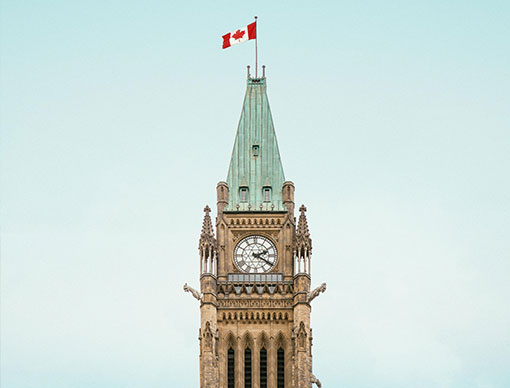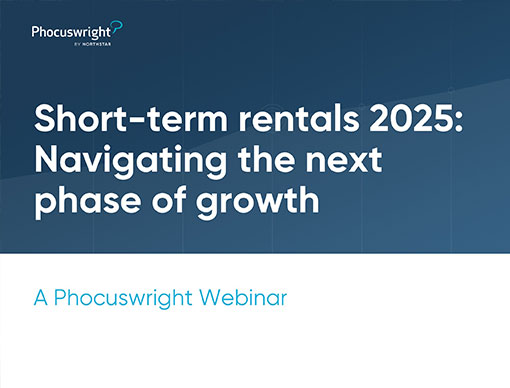Research Insights
Dynamic Packaging Fuels Growth of Online Combination Purchases in 2004
Dynamic Packaging Fuels Growth of Online Combination Purchases in 2004
- Published:
- March 2005
- Analyst:
- Douglas Quinby

The ability to customize packages drove continued growth in combination purchases by online travel buyers in 2004, according to the upcoming report The Phocuswright Consumer Travel Trends Survey Seventh Edition. Last year, one-third of online travel buyers made a combination purchase of travel components using dynamic packaging technology, up from 24% in 2003. The number of online travel buyers who purchased pre-packaged travel, however, declined in 2004 to 13% from 19% in 2003.
This trend puts the spotlight on the emergence of technology evolving to support a new, "just in time," Internet-based leisure distribution platform. In fact, dynamic packaging user interfaces will change dramatically in the next two years, according to Selling Complex Leisure Travel Online: Focus on Dynamic Packaging Technology, a new report from Phocuswright Inc. and Travel Tech Consulting Inc. Dynamic packaging commands an increasingly dominant share of the online packaging market (see Table 1), and suppliers, tour operators and online travel agencies are enlisting new technologies to capture those sales.
True dynamic packaging is defined as a package for which the overall price and component prices change based on the business rules that govern them, as well as the value of the customer to the supplier, packager or intermediary, according to Selling Complex Leisure Travel Online. All of these elements may not be in play for all packaging engines in place, but the essence is customer-driven customization.
For online travel agencies, package sales have become a significant driver of growth. Travelocity recently reported that by the end of 2004, fully 24% of its travel revenues were packages, double the portion of sales two years ago. Meanwhile, 20% of Expedia's revenues were accounted for by packaged sales. Packaging is also being touted as a significant growth area by Orbitz and Priceline.com.
Online pre-packaged tour purchases were on the rise until dynamic packaging hit its stride. The percent of online travel purchasers who bought vacations, tours and all-inclusive packages increased from 3% in 1998 to 18% in 2001, at which point the curve flattened. Starting in 2002, however, from one-quarter to one-third of online travel buyers were reporting that they were creating their own packages by purchasing air, car and/or hotel in a single purchase, while fewer reported pre-packaged travel purchases (see Table 2).
New dynamic packaging technologies that can react to consumer behavior are close on the horizon. This fact, and the continued conversion of package bookings online, presage a new phase of package sales for consumers, suppliers and intermediaries alike.
Participants in The Phocuswright Consumer Travel Trends Survey were identified as having personally traveled by commercial airline in the previous year and having used a computer to connect to the Internet in the past month. Quotas were set based on the distribution of males and females in geographic regions of the country, and the error interval for the sample is +/- 4.4% at the 95% confidence level.
Selling Complex Leisure Travel Online: Focus on Dynamic Packaging Technology provides over 40 pages of detailed analysis on the underlying technologies needed to drive next generation dynamic packaging systems. It includes 13 tables and charts and 13 company spotlights.



.png)







